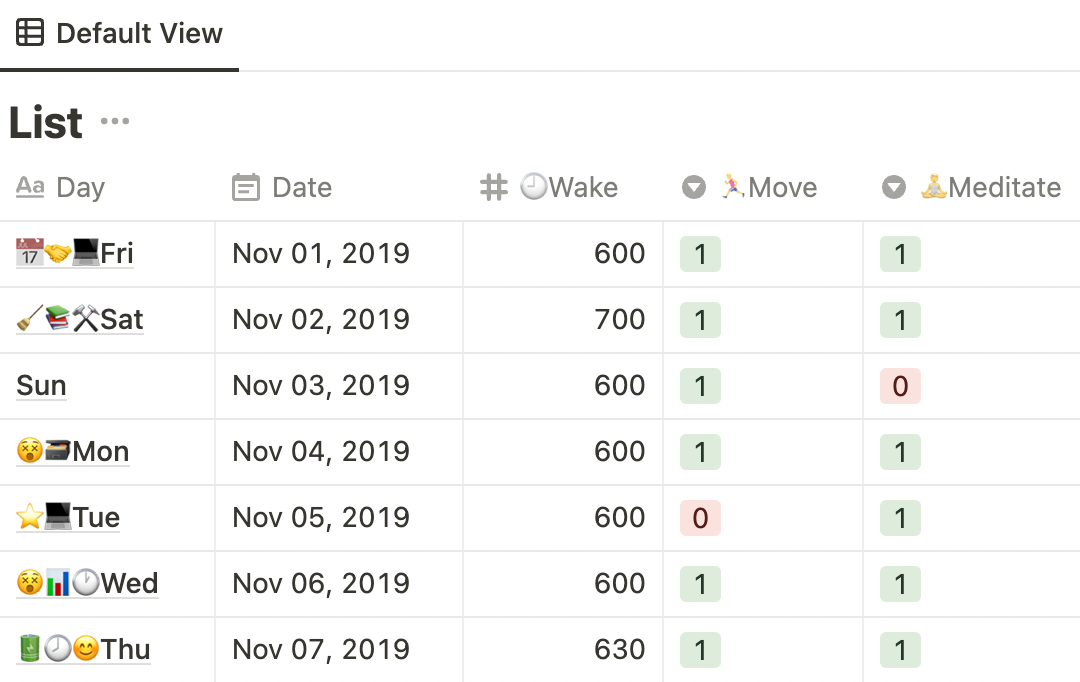
How do you know which one is best for you? Here is a simple guide to help you pick the best type of tracker to meet your goals.
<aside> 🍞 TL/DR
Below is a flowchart to help you decide which type of habit tracker is best for you.
</aside>
flowchart TD
id1[Do you want to look back on completed habits?]
id1 --> id2[No]
id1 --> id3[Yes]
id2 --> id4[Use the <b><a href='<https://www.prescottjr.com/blog/The-Best-Notion-Habit-Tracking-Templates#fa137145393540bba37a59c4057c6913>' style='color: green'>1D time-limited habit tracker</a></b>]
id3 --> id5[Do you want<br>to apply variable criteria to<br>each habit, like active timelines,<br>frequencies and more?]
id5 --> id7[No]
id5 --> id6[Yes]
id6 --> id8[Use the <b><a href='<https://www.prescottjr.com/blog/The-Best-Notion-Habit-Tracking-Templates#eac11d4f42bb446eb309fa349ede1683>' style='color: green'>multi-database tracker</a></b>]
id7 --> id9[Use the <b><a href='<https://www.prescottjr.com/blog/The-Best-Notion-Habit-Tracking-Templates#c719a8d5923f4797a2b5b24fd9c936f7>' style='color: green'>1D retrospective habit tracker</a></b>]
linkStyle default font-size: 30px
classDef default stroke:#333,stroke-width:2px,font-size:14px,line-height:19px,font-family:Georgia, fill: white;
Each row represents a habit, and columns represent days.

This tracker is the simplest and is great for weekly habit tracking.
Each row represents a day, and columns represent habits.
This model allows you to look back on your habit’s success over time. For example, you could create a notion view for a specific time window and see the percentage of habits completed.
